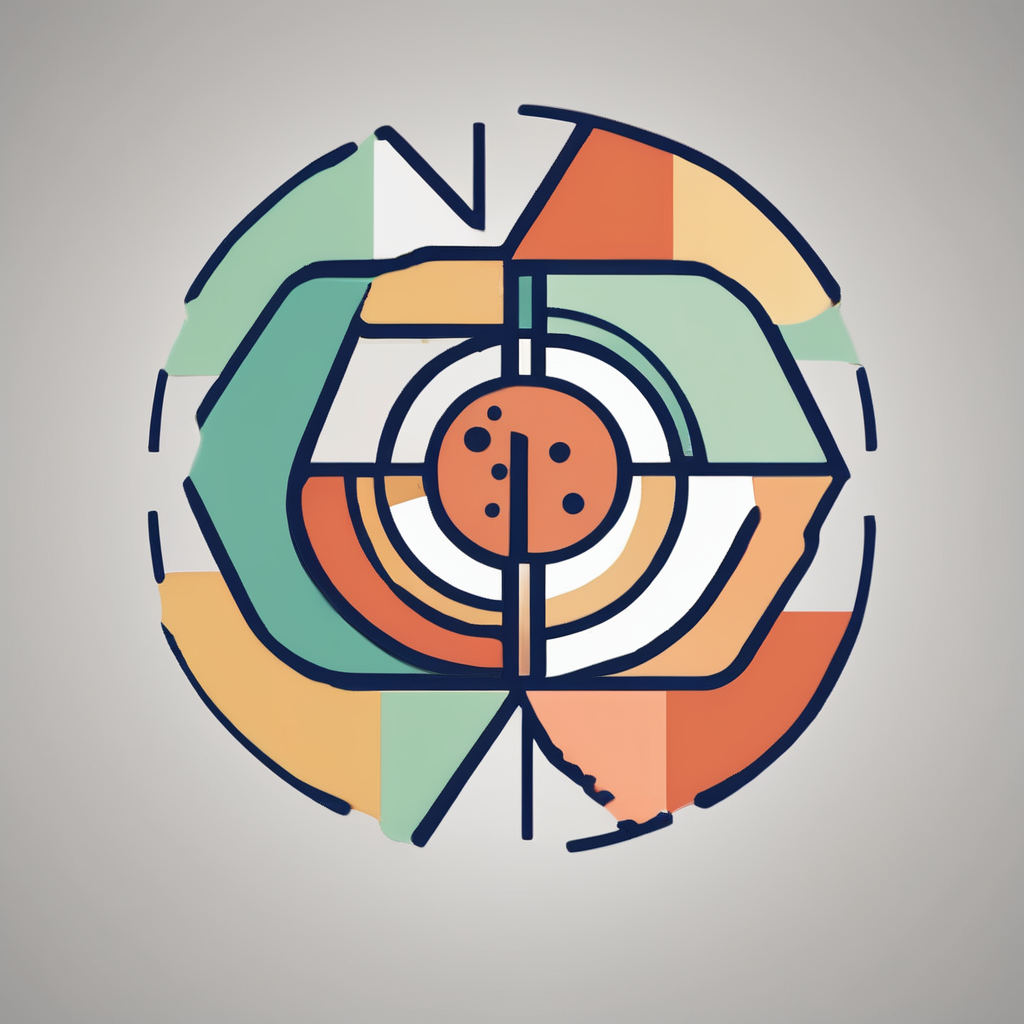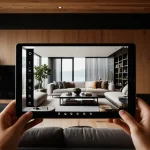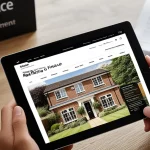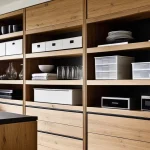The Impact of Pet Ownership on Home Design Trends
Across the UK, pet ownership has significantly influenced home design trends, reshaping how homeowners view and organize their living spaces. As more people welcome pets into their homes, pet ownership has prompted designers to develop more accommodating interiors that prioritize both human and animal needs.
Statistics reveal a noticeable increase in pet ownership among UK households, with approximately 59% of homes now hosting a pet. This surge has driven the demand for home design trends that cater specifically to animal-friendly features. For instance, pet owners often prioritize durable and easy-to-clean materials to withstand the wear and tear caused by pets.
Also to read : How Do You Choose the Perfect Pet Companion in the UK?
Different pets necessitate varied design adjustments. Cat owners might install climbing shelves or integrate cat tunnels within walls, while dog enthusiasts often focus on robust flooring and access to outdoor spaces. Fish tanks and birdcages also become design focal points, often requiring considerations for lighting and room placement. This shift highlights how UK homeowners are adapting to incorporate pet-specific needs into their homes, inspiring designers to create innovative solutions that blend aesthetics with functionality.
## Key Features of Pet-Friendly Home Designs
Designing a pet-friendly home goes beyond aesthetic preferences, encompassing a blend of functionality and style to cater to both pets and their owners. As pet ownership rises across the UK, these considerations become crucial in creating harmonious living environments.
### Flooring Solutions
**Durable and easy-to-clean flooring** is a priority for pet owners, as it handles the rigors of paws, claws, and accidental messes. Materials like tile, sealed hardwood, or luxury vinyl are gaining popularity due to their resilience and low maintenance. Additionally, flooring trends now embrace colors and textures that mask fur and dirt, combining practicality with pet-friendly designs.
### Furniture Choices
Selecting **pet-resistant fabrics** is a smart strategy for maintaining furniture longevity. Fabrics like microfiber or leather stand up well against wear and tear while offering easy cleaning solutions. Incorporating custom furniture designs, such as sofas with removable covers or built-in pet beds, supports both pet convenience and homeowner aesthetics.
### Indoor Spaces for Pets
Creating dedicated **indoor spaces for pets** involves more than setting aside a corner. It means integrating pet functionality seamlessly with the home's aesthetic appeal. Homeowners are innovating with hidden litter box enclosures, under-stair kennels, and multi-level cat trees that double as eye-pleasing decor. These thoughtful integrations not only cater to animal needs but also enhance the overall design coherence of the interiors.
Case Studies: UK Homes Embracing Pet Design Trends
In the evolving world of pet-friendly interior design, several UK homes stand out as exemplary models for integrating these trends seamlessly. Not only do these homes display innovative features, but they also reflect the personal touches and needs of their pet-loving inhabitants.
Topic to read : Why Do UK Pet Owners Prefer Certain Breeds?
One striking example is a Victorian terrace in London, which has been meticulously renovated to incorporate bespoke pet accommodations. The owners, avid cat enthusiasts, have creatively installed narrow wall corridors and built-in cat tunnels—effectively creating an intriguing vertical playground for their feline companions. This design choice underscores the massive impact of pet ownership on home design preferences, as it sacrifices traditional wall space for enriching pet experiences.
Equally notable is a countryside home in Yorkshire, where dog-friendly features take the forefront. Extensive use of durable flooring materials like sealed hardwood enhances both functionality and style. The open-plan layout ensures easy movement for the dogs, while outdoor spaces have been enriched with strategically positioned canine play areas, affirming the trend of pet-friendly landscaping.
By delving into these case studies, UK homeowners can draw inspiration from real-life applications that illustrate how pet-influenced design can maintain, or even enhance, home aesthetics. As more homeowners continue to embrace pet-friendly interiors, these examples serve as valuable references for blending style with practicality.
Outdoor Spaces and Pet Design
As pet ownership rises, UK homeowners are increasingly focusing on the importance of outdoor spaces. These areas are crucial not only for exercise but also provide a safe environment for pets to explore. Creating pet-friendly gardens requires thoughtful planning, encompassing both aesthetics and security.
Design trends show a noticeable shift toward pet-friendly landscaping, where owners are opting for durable plantings that withstand trampling. Additionally, paths made from pet-safe materials like flagstone or gravel are popular, ensuring that pets can roam freely without damaging the garden. This emphasis on practicality ensures a seamless blend with the overall home design.
Incorporating features like outdoor pet shelters can further enhance outdoor design. These shelters, often creatively integrated into landscape architecture, provide pets with shaded and protected areas. Play areas with agility equipment or tunnels offer engaging activities, making the garden a dynamic space for pets. This integration supports the idea that pet owners are now prioritizing outdoor pet design elements, which harmonize with the home’s decor while keeping animals entertained and active.
Future Trends in Pet-Friendly Home Design
As pet ownership changes continue to evolve in the UK, so too do the trends in home design, reflecting the increasing demands and preferences of both pets and their owners. This section explores predictions for the future of pet-friendly designs and the integration of innovation and sustainability into the home.
Experts foresee innovative designs that go beyond current practices, potentially utilizing technology to enhance and simplify pet care. For instance, automated pet doors, self-cleaning litter boxes, and smart feeders are only the beginning of this tech-driven evolution.
Moreover, the growing trend towards sustainability has designers rethinking materials and construction methods. Expect to see more eco-friendly solutions, like recycled materials for pet toys and organic options for floor coverings. These sustainable choices not only support the planet but also the health and well-being of pets.
Looking ahead, the role of pet ownership will increasingly influence the broader landscape of architecture and interior design. As more UK homeowners embrace these emerging trends, they will find opportunities to create homes that are as thoughtful and functional as they are beautiful. Integrating both aesthetic and pet-specific needs, the future of pet-friendly design promises to be as innovative as it is accommodating.
Expert Opinions on Blending Aesthetics and Pet Needs
Designing homes that seamlessly merge aesthetics with pet needs is no small feat, but UK interior designers offer valuable guidance. They suggest prioritizing materials that withstand the rigors of pet activity while maintaining a stylish appearance. Recommendations often include selecting flooring options like sealed hardwood or luxury vinyl that balance beauty and durability. Additionally, integrating built-in pet features such as hidden litter box enclosures or under-stair kennels can provide practicality without compromising design coherence.
Interior Designers’ Recommendations
Prominent design professionals advise focusing on furniture that withstands pet wear-and-tear. Pet-resistant fabrics such as microfiber or leather are recommended for their ease of cleaning and resilience. Moreover, designers encourage the use of colors and patterns that can cleverly conceal pet fur and dirt, ensuring a clean look between maintenance sessions. Custom pieces, like sofas with removable covers, blend functionality with style, offering owners easy maintenance options.
Tips from Veterinarians
Veterinary experts emphasize the significance of creating a pet-safe and healthy environment. Vital tips include: ensuring the use of non-toxic materials in textiles and finishes and paying attention to pet access points, which should be secure yet convenient. Pet safety can be enhanced through thoughtful design, such as placing non-slip mats in areas where pets frequently move about or using barriers for hazardous zones. By considering these factors, homeowners can foster living spaces that are both welcoming and safe for pets.








